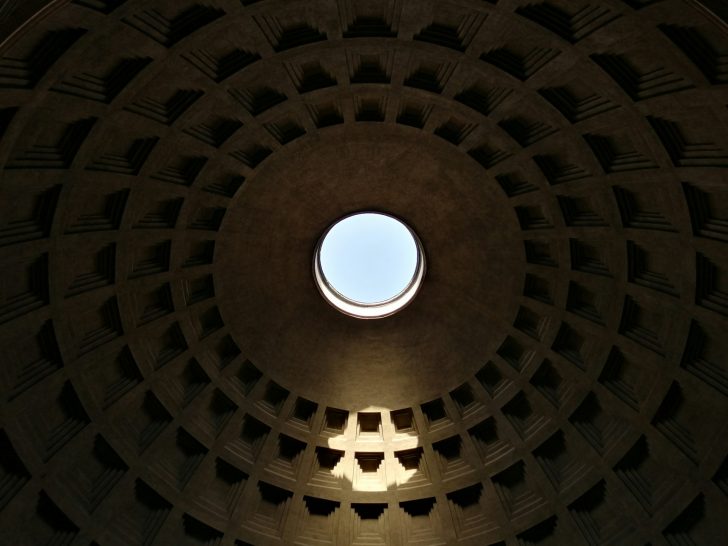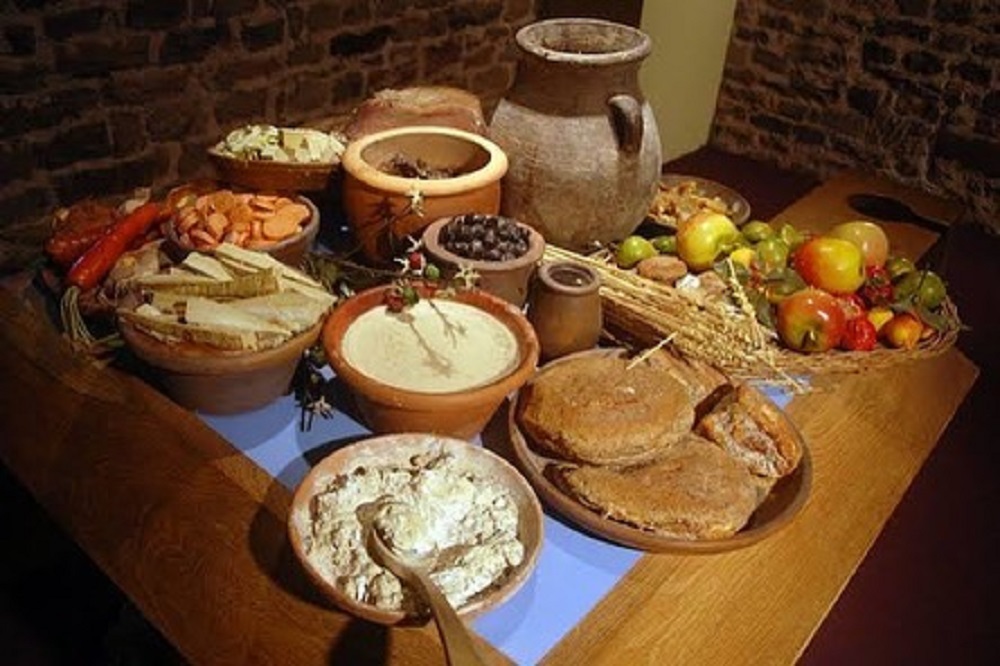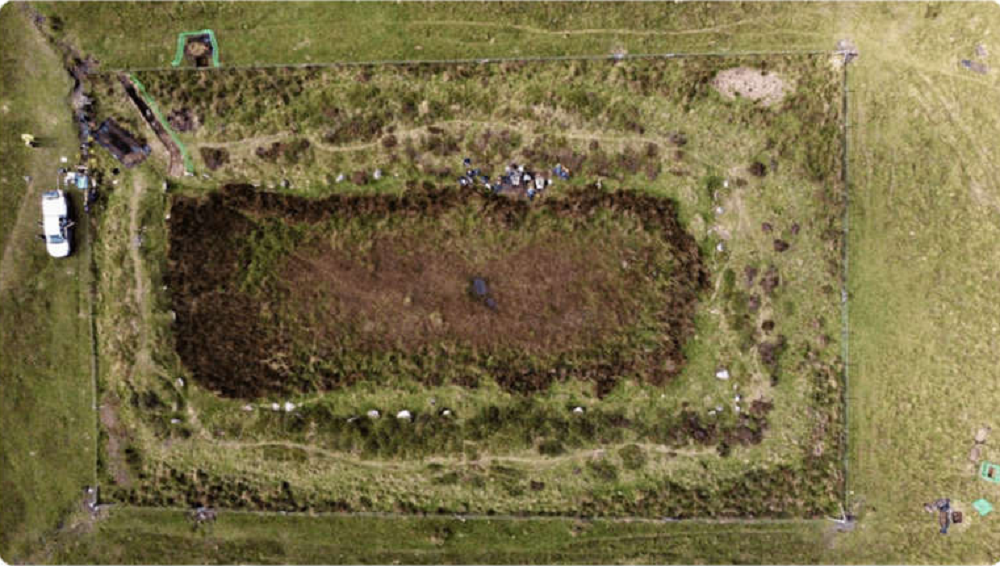Throughout history, ancient civilizations have left us with more than just ruins and relics; they've left us scratching our heads at the incredible technologies they developed, so advanced that they rival and sometimes even surpass our modern capabilities. From the great pyramids of Egypt to the Antikythera mechanism, the lost technologies of ancient times are not just fascinating; they're downright mystifying.
The Great Pyramids: A Feat of Engineering
First up, the Egyptian pyramids, particularly the Great Pyramid of Giza. How did a civilization over 4,500 years ago construct one of the most colossal and precise architectural feats without modern machinery? Theories abound, from ramps and levers to the possibility of an advanced understanding of mathematics and astronomy. The precision with which these pyramids align to the stars and the Earth's cardinal points is no small feat, suggesting a deep, sophisticated knowledge that challenges our understanding of ancient engineering.
The Antikythera Mechanism: An Ancient Computer
Then there's the Antikythera mechanism, an ancient Greek device often dubbed the world's first computer. Discovered in a shipwreck off the coast of the island of Antikythera, this intricate contraption, made of bronze and containing over 30 meshing gears, was used to predict astronomical positions and eclipses decades in advance. Its complexity is so astounding that it took until the 20th century to catch up and fully appreciate the mechanism's advanced engineering.
The Nazca Lines: Geoglyphs of the Desert
Moving on, let's not forget about the Nazca Lines in Peru. These massive geoglyphs, carved into the desert, can only be fully appreciated from the sky. How and why ancient people created such precise and large-scale artworks remains a topic of much debate. Were they astronomical markers, religious symbols, or something else entirely? The technology and motivation behind these enigmatic figures are still being unraveled.
Vimanas: The Flying Machines of Ancient India
In ancient India, the concept of "Vimanas," described in ancient texts like the Mahabharata and the Ramayana, suggests a sophisticated understanding of aviation technology. These mythical flying machines are described in great detail, with some interpretations suggesting some form of energy unknown to modern science powered them. While the existence of such machines is purely speculative, the detailed descriptions raise intriguing questions about the technological and engineering knowledge level in ancient India.
Roman Concrete: The Enduring Material
Another marvel is Roman concrete, a material used to construct enduring monuments, aqueducts, and other structures that have withstood the test of time, in some cases, better than modern concrete can. The secret recipe, lost over time, was superior in durability and ability to withstand seawater, leading researchers today to reverse-engineer what could be considered one of the most enduring building materials ever devised.
The Legacy of Ancient Innovations
These examples barely scratch the surface of ancient ingenuity. From the hydraulic engineering of the Hanging Gardens of Babylon to the still-sharp Damascus steel swords, ancient civilizations have left a legacy of technological advancements that continue to astonish us.
Wrapping Up
What's truly fascinating is how these ancient technologies push us to reconsider the narrative of technological progress. They remind us that innovation is not a straight line but a vast, interconnected web spanning cultures and epochs.
As we continue to unearth and decipher the mysteries of ancient technologies, we not only pay homage to the ingenuity of our ancestors but also gain insights that could inspire future innovations. After all, in the echoes of ancient craftsmanship and knowledge, dormant solutions may lie to some of today's most pressing challenges.
So, the next time you marvel at a smartphone or the latest tech gadget, remember the pyramids, the Antikythera mechanism, and the Nazca Lines. They stand as testaments to the enduring human spirit of innovation, a spirit as ancient as civilization itself, reminding us that sometimes, to look forward, we must look back.








